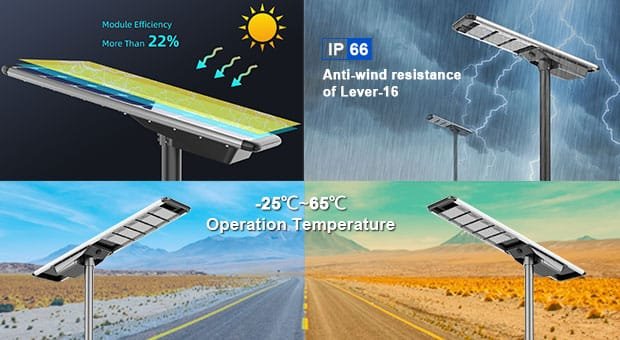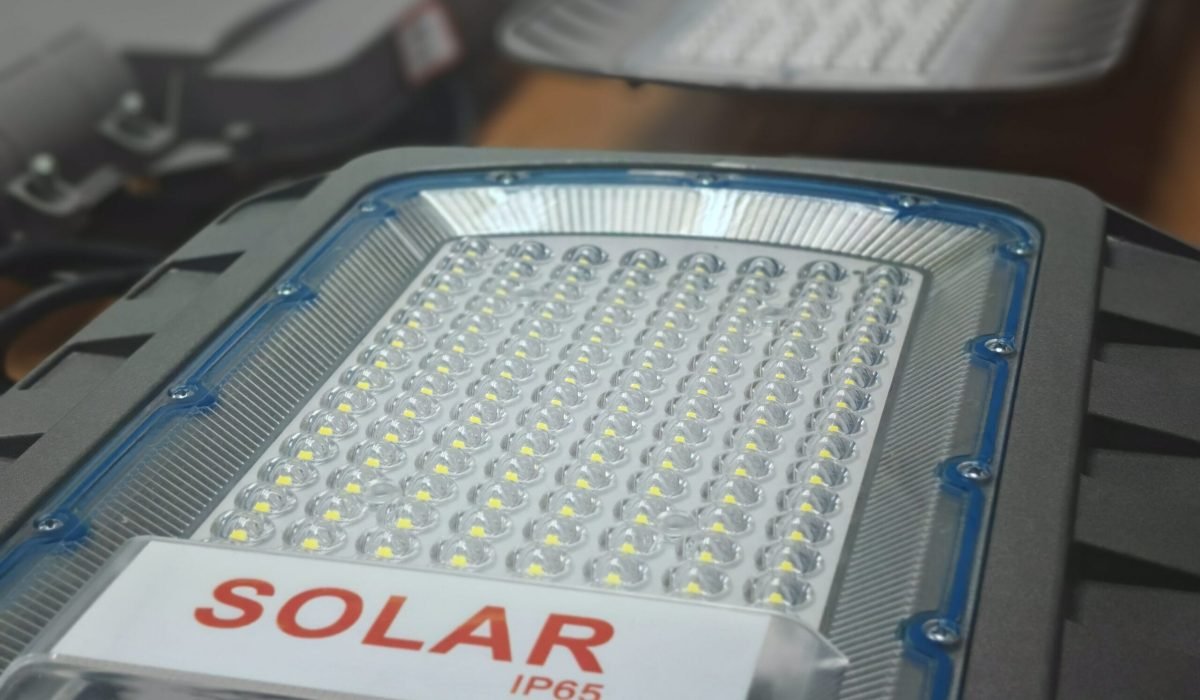If you’re designing lighting for a parking lot, one of the first questions you’ll need to answer is:
How many lights are enough to ensure safety—without overspending?
As a lighting system designer, I’ve laid out systems for dozens of urban and suburban parking facilities. The key is balancing illuminance standards with cost, layout, and pole height. Let’s look at how to approach this properly.
Key Factors That Determine Light Quantity?
Lighting a parking lot isn’t just about how many fixtures you buy. It’s about how those fixtures interact with the site’s size, pole height, and usage.
Start with your target illuminance, then work backwards.
| Parameter | Why It Matters |
|---|---|
| Parking Lot Area | Determines total lumen requirement |
| Pole Height | Affects light distribution pattern and coverage radius |
| Target Lux Level | Defines brightness standard (typically 10–20 lux for lots) |
| Lumen per Light Fixture | Tells you how many units are needed to meet your lux target |
| Layout Style | Impacts how evenly light spreads across the surface |
🛠 Design Tip: Always begin with an accurate site plan and define vehicle flow, pedestrian walkways, and entrance points.
Layout Examples: From Small to Large Parking Lots?
There’s no single answer that fits every site—but there are solid starting templates.
Here’s how I typically map lighting for different lot sizes:
These layouts are based on field-tested performance—not just catalog specs.
✅ Small Parking Lot (10–20 Cars, ~200–400㎡)
- Pole Height: 4–5 meters
- Fixture: 40–60W integrated solar light (≈4000–6000 lm)
- Layout: 4 to 6 lights, placed around perimeter or diagonally opposite corners
- Spacing: 10–12 meters, ensure overlap of beam radius
- Target Lux: 12–15 lux average
✅ Medium Parking Lot (30–50 Cars, ~600–1000㎡)
- Pole Height: 5–6 meters
- Fixture: 60–80W solar light (≈7000–9000 lm)
- Layout: 8–12 lights, side-to-side symmetry preferred
- Spacing: 12–15 meters, avoid dead zones between poles
- Target Lux: 15 lux at surface level
✅ Large Parking Lot (100+ Cars, ~2000–3000㎡)
- Pole Height: 8–9 meters
- Fixture: 100–120W high-output solar light (≥12,000 lm)
- Layout: 15–20 lights in a staggered grid or alternating rows
- Spacing: 15–18 meters depending on beam spread
- Target Lux: 15–20 lux minimum in walkways and drive aisles
📐 Practical Advice: Use a light meter on-site during test phase to verify actual lux levels after install.
Basic Lighting Math (Lumen & Lux Calculation)?
Most clients ask how I “know” how many lights to use. The answer is: I don’t guess—I calculate.
The simplest method is using total lumens = area × lux.
▶️ For example:
Parking lot size = 1,000㎡
Target lux = 15 lux
→ Required total lumens = 1,000 × 15 = 15,000 lm
If using 80W lights rated at 8,000 lumens each:
→ 15,000 ÷ 8,000 = 1.875 → Round up to 2 fixtures minimum (but add more for uniformity)
🎯 Use software (e.g. DIALux) to validate light spread, especially if lot has trees, elevation changes, or structures.
Why Solar Lights Make Sense for Parking Lots?
In my design work, I often recommend solar lights for municipal or semi-rural parking areas.
Here’s why they make sense beyond just energy savings:
You avoid trenching, wiring, and utility coordination—and can scale flexibly.

| Feature | Practical Advantage |
|---|---|
| No Grid Connection | Ideal for remote or off-grid parking zones |
| Motion Sensor Dimming | Light activates on movement, saving battery |
| Installation Speed | 20–30 minutes per pole with prebuilt foundation |
| Maintenance Cycle | Minimal—clean panel, check battery every 12 months |
| Expansion Friendly | Easy to add new poles as lot grows or changes |
🔋 Battery Note: Always confirm the light uses LiFePO4 with thermal cutoff—not gel or lead-acid.
FAQs?
Here are the questions I usually get when laying out a parking lot lighting design.
Q: What’s the minimum lux level for safety?
A: 10–15 lux for parking zones, 20 lux near entrance booths or payment areas.
Q: How tall should the poles be?
A: 5–9 meters depending on lot size. Use taller poles to reduce fixture count on large lots.
Q: Can solar lights stay on all night?
A: Yes, with proper MPPT control and battery sizing, they can provide 12+ hours runtime.
Q: Should I avoid using motion sensors in public parking areas?
A: No—motion sensors are helpful in low-traffic areas. Just ensure there's enough baseline light when idle (e.g., 30% dim mode).
Conclusion
Lighting a parking lot properly requires more than picking a wattage and guessing quantity.
Measure your site, define your lux target, and choose light spacing based on real coverage—not brochure promises.
I always tell clients: a few extra minutes spent on layout saves months of complaints and costly rework later.


